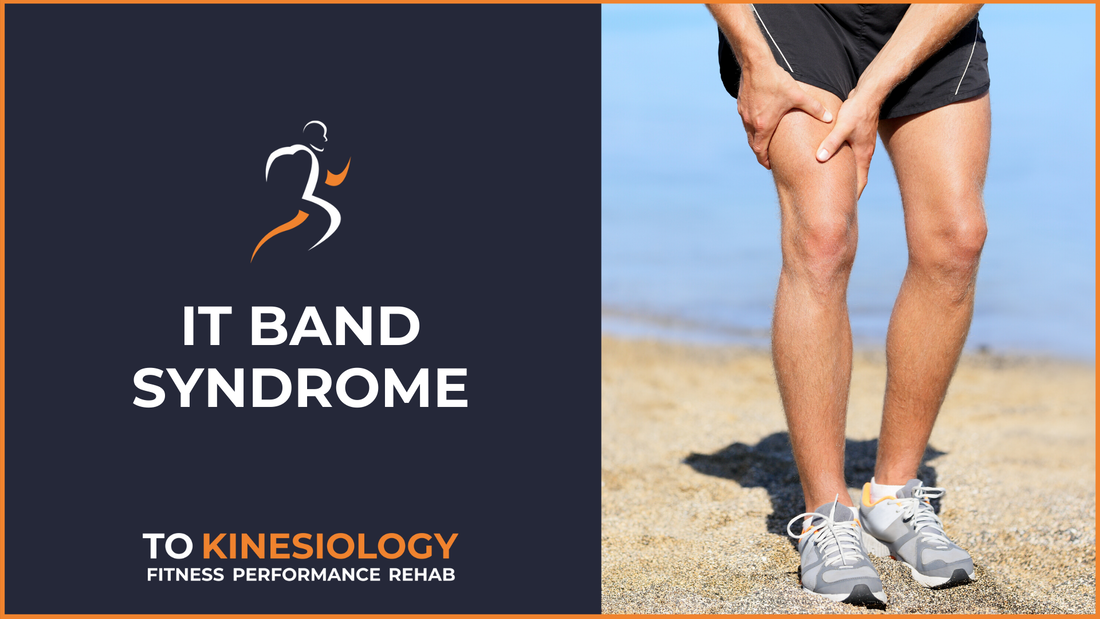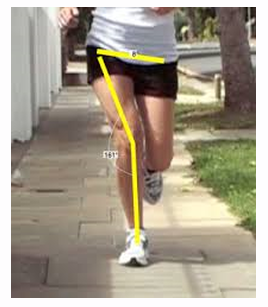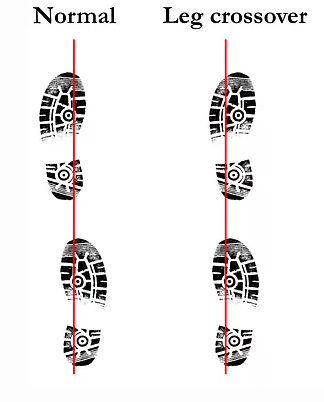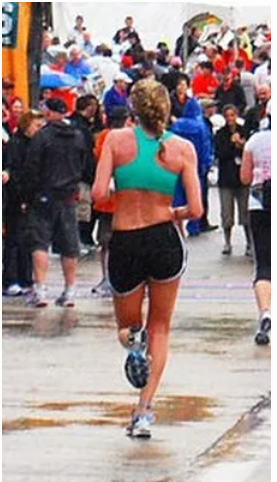|
written by: Nem If you've come to our website searching for IT band syndrome, chances are that you are currently struggling with IT band (i.e. ilitibial band) and feeling discomfort on the outside of your leg and outer portion of your knee. You have tried to rest, ice the area, use various sports creams,foam rolling, stretching but nothing seems to help. Why is this the case and why is so hard to get rid of the IT band syndrome? IT band (short for iliotibial band) is a thick band of fibrous connective tissue that runs from your hip bone all the way down to the outer side of your knee and shin. IT band provides knee support and is heavily connected to glutes and hip stabilizers. This is important to note – even though you might have pain at the knee joint, the mechanical cause of you pain might be in your hips or somewhere else (i.e. glutes not “working” properly, which affects the knee joint and then this affects the IT band). Like any other type of overuse injury, iliotibial band syndrome is no different. You are doing something that your IT band doesn’t like and you are doing it over and over again. Typical client that we see who has IT band problems is a runner or a cyclist, who has either or all of the following characteristics: 1. Knee collapse (i.e. knee valgus) when running and/or performing lunges. When moving your knee inwards, toward your other knee, IT band is rubbing against the bone and this friction results in local inflammation and pain. 2. Cross over when running – excessively crossing with your foot toward the other side. 3. Pelvic drop – during stance phase, one side of your pelvis drops down. 4. Femoral (i.e. thigh bone) inward rotation – your thigh rotates inwardly. 5. Poor single leg stance – individual cannot maintain single leg balance and perform basic single leg exercises like single leg squat, hops, lunges and single leg hip hinge. Poor hip muscle strength and adequate motor control are the main reasons why someone is unable to properly demonstrate these movements.
|
- Home
- About
-
Pricing/Services
- FITNESS STUDIO/CLINIC PERSONAL TRAINING
- Mobile & In-home Kinesiology & Personal Training
- Reformer pilates in Toronto
- Physiotherapy
- Online Personal Training and Kinesiology >
- 3D Body Mapping
- InBody Test
- Ultrasound Body Composition Assessment
- Metabolism test - Toronto
- V02 Max and Metabolism testing - Toronto
- Medical Fitness Testing
- Spirometry (lung function)
- Rent gym in Toronto
- Fitness classes
- Corporate wellness and fitness in Toronto
- Client Reviews
- Blog
- Members
- Contact
AboutProfessional personal training by kinesiologists in Toronto specializing in joint/muscle issues and medical conditions. We'll help you reach your health and fitness goals while managing your condition to move, feel and perform at your best. Private studio, in-home/mobile and online coaching options available. Aside from quality and reliable service from trusted health professionals, working with kinesiologists in Ontario means you might be eligible for a full or partial refund on our services.
|
|
@2024 TO KINESIOLOGY INC. ALL RIGHTS RESERVED
115 WOLSELEY STREET, M6J 1K1, TORONTO, ON
115 WOLSELEY STREET, M6J 1K1, TORONTO, ON




